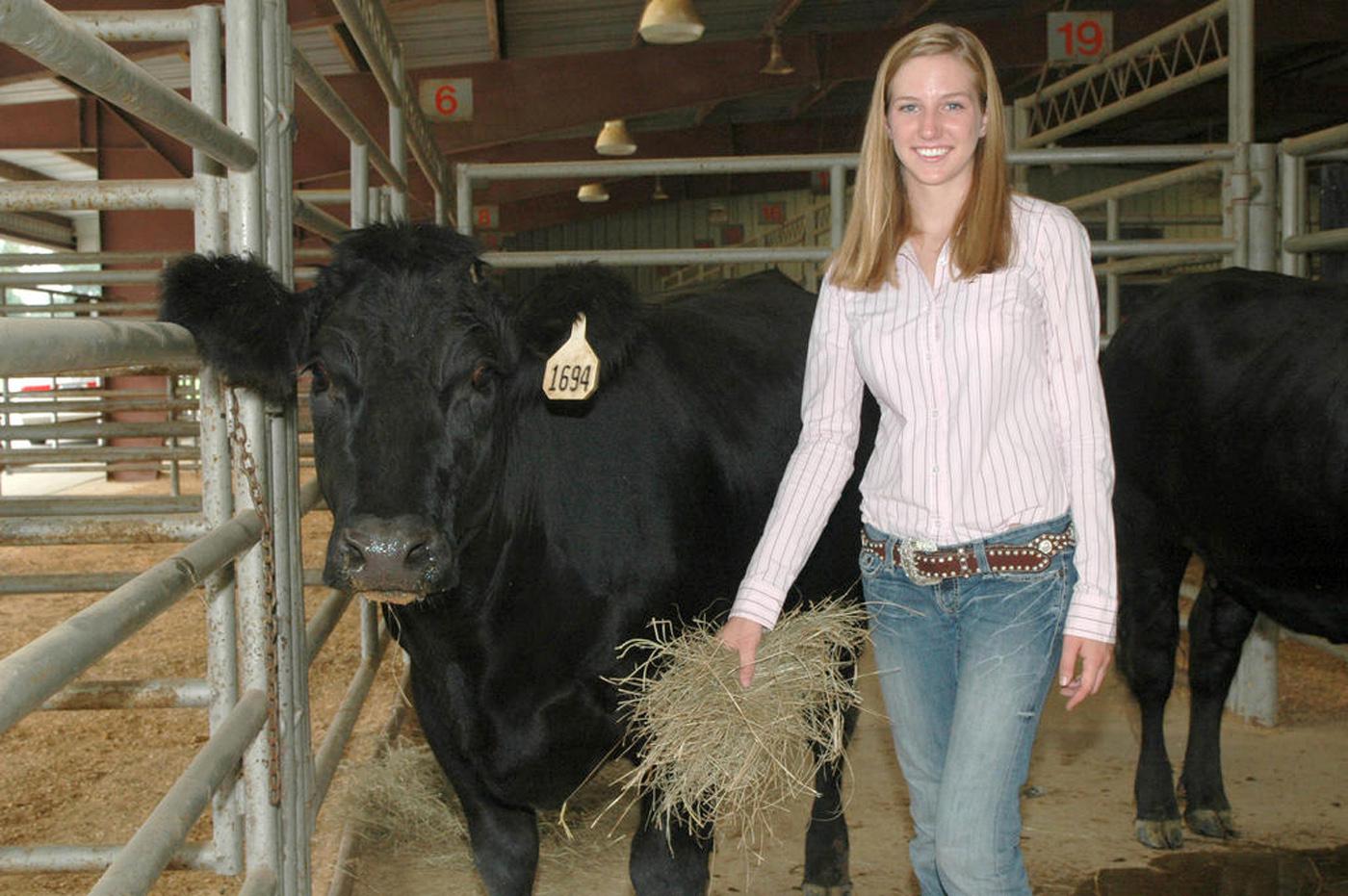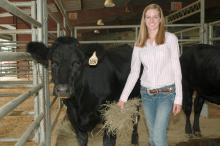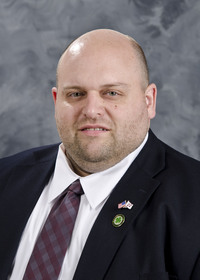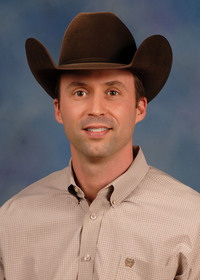Information Possibly Outdated
The information presented on this page was originally released on September 17, 2009. It may not be outdated, but please search our site for more current information. If you plan to quote or reference this information in a publication, please check with the Extension specialist or author before proceeding.
New beef competition inspires future dreams
By Patti Drapala
MSU Ag Communications
MISSISSIPPI STATE – Many 4-H and FFA members are thrilled when they begin their first livestock projects, and youth development specialists with the Mississippi State University Extension Service hope a new competition will channel their enthusiasm into a lifelong passion.
The first-ever 4-H/FFA Replacement Beef Heifer Development Contest took place this August in Raymond. Nine competitors from both 4-H and FFA demonstrated their mastery of designing and implementing a management program for three replacement heifers. Replacement heifers are animals with desirable genetics and other suitable traits that take the place of culled cattle.
“We hope the contest inspires youth to help their families improve beef herd performance and make better decisions concerning herd health,” said Dean Jousan, 4-H Livestock Project Coordinator in the MSU Department of Animal and Dairy Sciences. “It also may encourage some of them to stay in the cattle business when they become adults.”
While the winners of the contest will be announced at the Mississippi State Fair in October, participants said they were “won over” by the experience.
“My family is interested in raising calves to sell to other youth for club projects and competitions,” said 4-H member Bonnie Tartt, 18, of Meridian. “This project helped me understand the many factors to consider in beginning this type of business.”
The heifer improvement contest is open to 4-H’ers and FFA members who are from 14 years to 18 years of age. Competitors acquire three heifers less than 3 years old and take care of the animals for one year. They create an overall management plan for the animals. Putting the plan together requires them to develop a budget, research genetic backgrounds, set performance goals, identify feeding options and select a health maintenance program.
Competitors also maintain a record book, which they submit to a panel of three judges. The judges ask questions based upon the information in the book and competitors must explain their decisions.
“One contestant told me he learned more than he thought he would,” Jousan said. “By keeping records, competitors begin to understand the importance of good herd management and the need to establish criteria for heifer replacement.”
“Bonnie has shown horses and cattle in 4-H, but she has really enjoyed participating in the beef project,” her mother, Beth, said. “She’s learned the importance of making good choices and following that through with proper management from our family cattle business. The heifer contest was a natural progression for her to step out on her own and take charge.”
Some of the contestants purchased heifers for the project while others selected heifers born to their family herds. With support from her parents, Bonnie decided to buy three heifers from Newton County beef producer David Lofton. The trio of Malley, June and Jazz soon adjusted to life on the Tartt farm.
“Bonnie had to brush up on her knowledge of genetics, nutrition and health,” Beth said. “She had to discern what it would take for her to earn a high score. Although Steve and I helped her narrow her choices, she made them.”
With her plan in place, Bonnie took her responsibility seriously. She relied on her parents’ help and also consulted Lauderdale County 4-H agent Tracy Robertson and Area Livestock Agent Roy Higdon when she had questions or concerns.
“Livestock projects and competitions put youth in a position to teach others the importance of being responsible.” Higdon said. “In many cases, adults also benefit from the knowledge that is shared through 4-H involvement. They become better beef producers, and everyone wins.”






